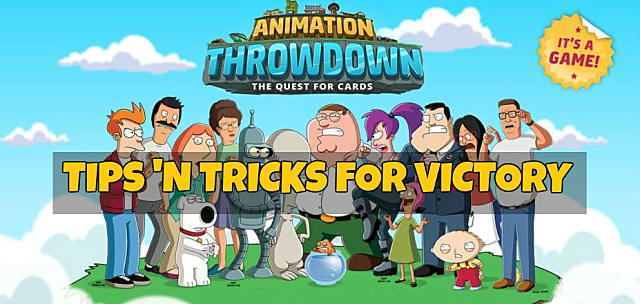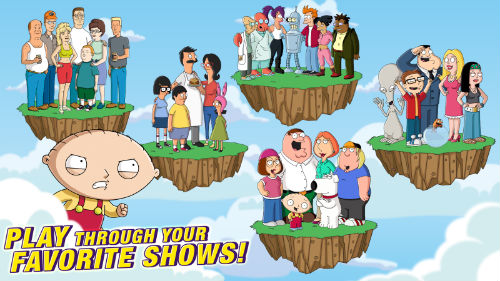

For the Foxen player, hero cards are laid out to keep track of which meeples are in play. If players don’t dwell on art in a game, they will not need to deal with affection or, in this reviewer’s case, aversion, for the Foxen characters. His art style is prominent in the animated version of Robin Hood (1973) where the main character is a fox, an appropriate furry doppelganger. The imagery for the Foxen and Guardian is reminiscent of Don Bluth, an animator who worked for Disney once upon a time. Approaching this game means players will need to check their design sensibilities for 80s animation bias. However, players who own a copy and are introducing the game to new players will probably end up playing the Foxen to let their friend play the Guardian, the more juicy side in the game. If a player is the type to prefer to hone play with a single side, they’ll be more comfortable playing the Foxen. On the whole, the Foxen player needs to have a slightly different strategy to deal with each different Guardian, but in play, the tactics feel the same. The Foxen play often feels the same from game to game with slight differences in tactical goals. The first thing that players must accept is that the Foxen and Guardian are not equally enjoyable sides. The Guardian board contains multiple locations to attack for the Foxen player to win. These challenges don’t mean the game is bad, they’re more things to consider when choosing whether to add this to a collection. On the whole, Skulk Hollow responds more to players who are willing to make allowances for the design. Rather than go deep into negatives and positives, this review will focus on choices in game design that “could” be good, but is a mixed bag depending on player perspective. The Foxen will deploy and move from various locations to engage the Guardian.
#Animation throwdown the quest for cards review free
Some cards also allow the player to gain power points which can be allocated to heroes or the Guardian for extra free actions. Players also have the option of hand management by discarding a card to draw 2 cards.

The Foxen player gets 3 actions a turn while the Guardian player gets 2. If they manage to take out all locations, the Foxen player wins.Īctions in the game are resolved through action cards, usually depicting two action possibilities. If they do enough damage in certain locations, that removes the ability for the Guardian player to take certain actions. Once on the Guardian map, Foxen heroes will be aiming to attack the different locations such as a wing or arm.

Each Guardian comes with a separate map that is used by the Foxen player when climbing onto the creature.

The main objective for the Foxen player is to take down the Guardian by attacking various locations on the Guardian’s map. The Foxen player starts with two figures (a leader and a tough hero) and should deploy more figures throughout the game. The main twist to this is that the Guardian player can choose between 4 different monster archetypes before play: Grak the stony beast, Raptra the bird of doom, Tanthos the many-tentacled land-octopus, and Apoda the OH MY GOD WHAT IS THAT?! All of these have a separate deck, a unique win condition, and a common win condition which is to eliminate the Foxen player’s leader character. Cards in hand splay nicely with easily read icons. Both players have their own decks of cards that provide actions to be played. The other player corrals a horde mini-fox-heroes known as the Foxen. One player takes the role of a huge monster called a Guardian with a single figure on the game board. Like other asymmetric games, Skulk Hollow’s opposing sides work partially differently. It was a hit on Kickstarter and is just now entering the retail market. Skulk Hollow is the game, and it takes about 30 minutes to play. The reason being is that it’s a two-player, asymmetric tactical fighting game of anthropomorphic fox heroes battling kaiju-esque monsters for the survival of the kingdom. The artists work with the publisher and (maybe) the game designer to get the feel of the art just right for the overall game concept and mechanisms.Ī relatively new publisher, Pencil First Games, has just released a game that certainly makes more demands of a publisher than is typical. What this means is that the publisher takes a look at the theme (if there is one), possibly tweaks it, and then hires a graphic artist and/or illustrator to work on art in the game. One of the main jobs of a publisher is to take a completed game design and package it for sale.


 0 kommentar(er)
0 kommentar(er)
